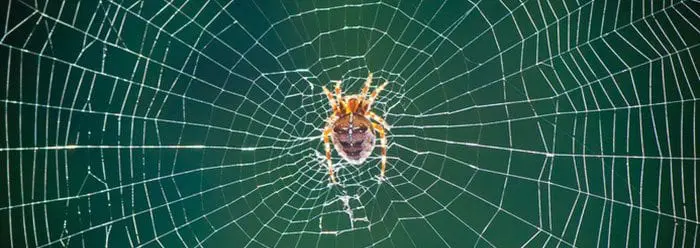by Brian Thomas, M.S.
No, it’s not science fiction—it’s real. Spider webs use electricity to snare prey, and researchers recently discovered an added environmental benefit from these arachnids’ masterful constructions.
Electrical properties within the glue-like coating on a spider web alter the magnetic field around it. When potential prey flies nearby, the web snaps out and tags its target like a tiny magnet.
The web is negatively or neutrally charged, while insect bodies often carry a positive charge. In 2013, researchers found that spider webs snare positively charged insects with greater efficiency than insects with a neutral charge.
How did spiders learn to manufacture advanced microelectronics? Victor Ortega-Jimenez told UC Berkeley, “Electrostatic charges are everywhere, and we propose that this may have driven the evolution of specialized webs.”1 But has anyone ever observed electrostatic charges being the catalyst for the invention of new technology? Continue Reading…





